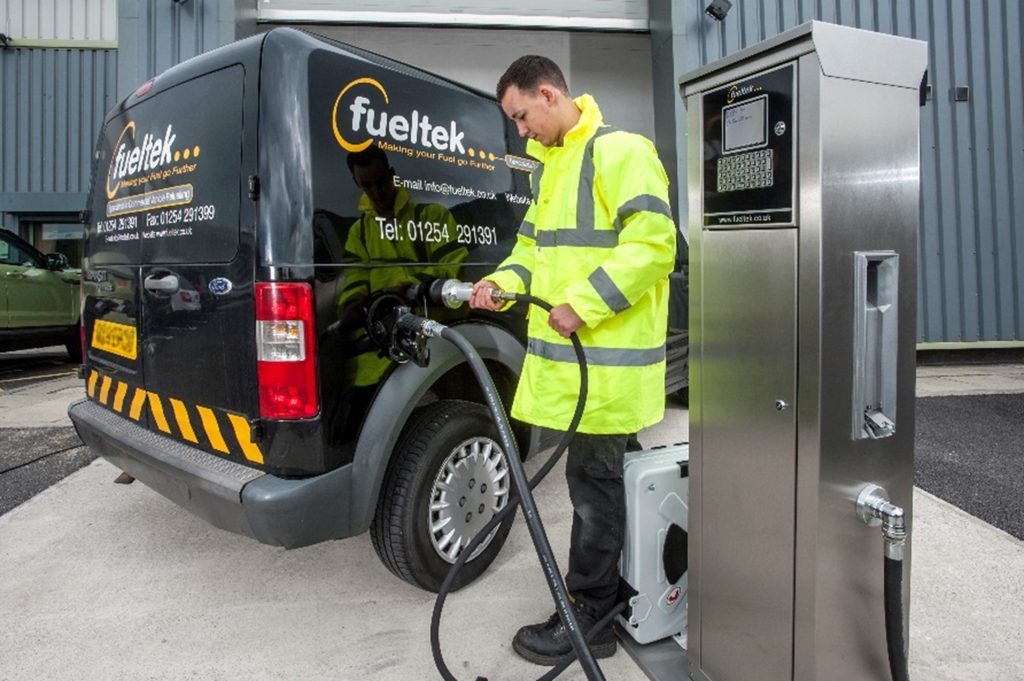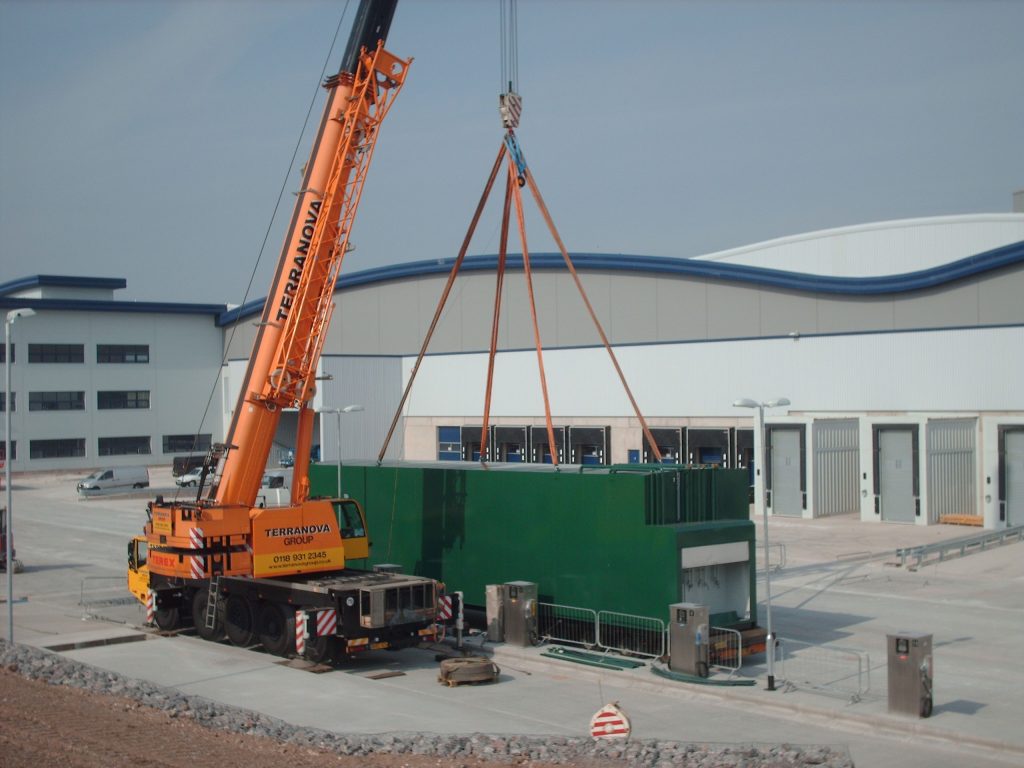A Complete Guide to Installing Fueltek’s Fuel Management Systems: From Consultation to Long-Term Success
Efficient fuel management is essential for modern fleets and can have a great impact on cost control, operations, and environmental responsibility. We work with businesses of all sizes to deliver customisable fuel management systems. This guide offers a detailed overview of Fueltek’s step-by-step installation process, from initial consultation to ongoing support, demonstrating how we work closely with clients to deliver long-lasting solutions.

1. Understanding Customer Requirements
We begin every installation with a deep understanding of our client’s needs. During the initial consultation, our team will explore fuel usage patterns, site logistics, and business objectives to determine the best solution.
Client Spotlight: Warner Bros. needed a solution to manage fuel usage at Harry Potter World in Watford. Through our detailed consultation process, we identified that the TankWatch system paired with FT4000AP fuel pumps would provide optimal tracking and control.
2. Site Visit & Specification Verification
Following the consultation, we conduct a thorough site visit to verify that our systems are feasible, discover any potential challenges, and finalise specifications. This stage is crucial in ensuring the equipment will function properly in the intended environment.
Client Spotlight: At Godolphin, five locations including their Newmarket base were inspected. Our comprehensive assessment ensured a smooth integration of a new FT4000 system, with no surprises later on.
3. Preparing for Installation
With specifications confirmed, we begin preparing the custom equipment and software. This includes
- Manufacturing bespoke components tailored to the client’s operation.
- Configuring Fueltek FMO, our web-based software, including user profiles, reporting settings, and permissions.
This step ensures a seamless installation that aligns with the client’s operational model.
4. Hardware Installation & Communication Setup
The next phase involves the physical installation of hardware on-site, including fuel pumps, tanks, sensors, and monitoring units. Once these are in place, we establish secure communication channels between the on-site equipment and our web servers, to enable real-time monitoring.
Client Spotlight: DASCHER UK were in need of a robust, large-scale solution. We paired FT4000 pumps with the Fueltek FS storage tank for high-speed dispensing and detailed tracking across their logistics operations.
5. System Commissioning & On-Site Instruction
After installation, our team will conduct tests of the systems to ensure it is functioning correctly. We then provide on-site instruction to give your staff confidence in handling real-time alerts, refuelling procedures, and stock level monitoring. If using our Fueltek FMO system, we will also train staff on how to interpret data, identifying opportunities for savings.
Client Spotlight: T&M Plant’s team received training on the Data nozzle system, which has benefits like helping to reduce fuel theft and increase efficiency of operations. Using the data nozzle system allows businesses like T&M Plant to fuel their vehicles securely without the need to keep making manual entries.
6. Uploading & Integrating Fuel Data
With hardware in place and communication established, we upload any necessary data to Fueltek’s web servers. This process is especially beneficial for those needing solutions across multiple locations, with one centralised area for fuel usage data.
7. Ongoing Support
Our commitment to our clients doesn’t end after installation. We offer ongoing support to ensure that everything is working smoothly, address any issues quickly, and adjust your systems as needs evolve.
Timeline Expectations
Our thorough, step-by-step approach to fuel management system installation ensures that our clients receive a customised, fully supported solution. By partnering closely from the beginning, we provide results that improve efficiency, security, and cost-effectiveness.
We provide flexible timeframes based on the scope of your project. For small projects, we anticipate between 2 to 3 weeks from start to finish, but for complete fuel management packages this may take up to 14 weeks. We confirm timelines during the consultation stage, so you know exactly when to expect your fuel management system to be ready.
Interested in discovering how we can help improve your fuel operations? Contact our team today to begin your journey toward smarter fuel management.









